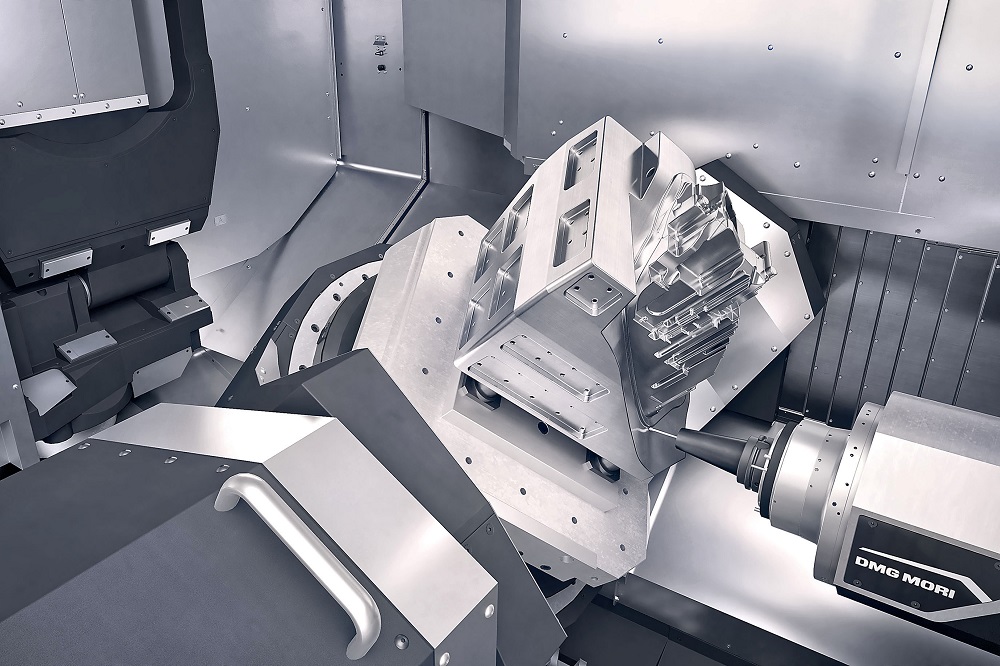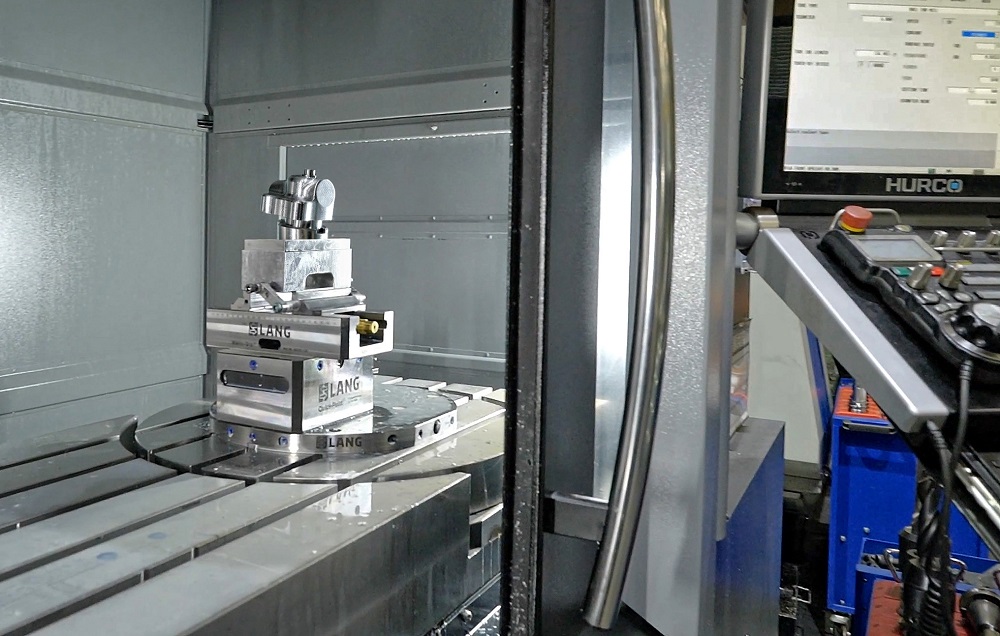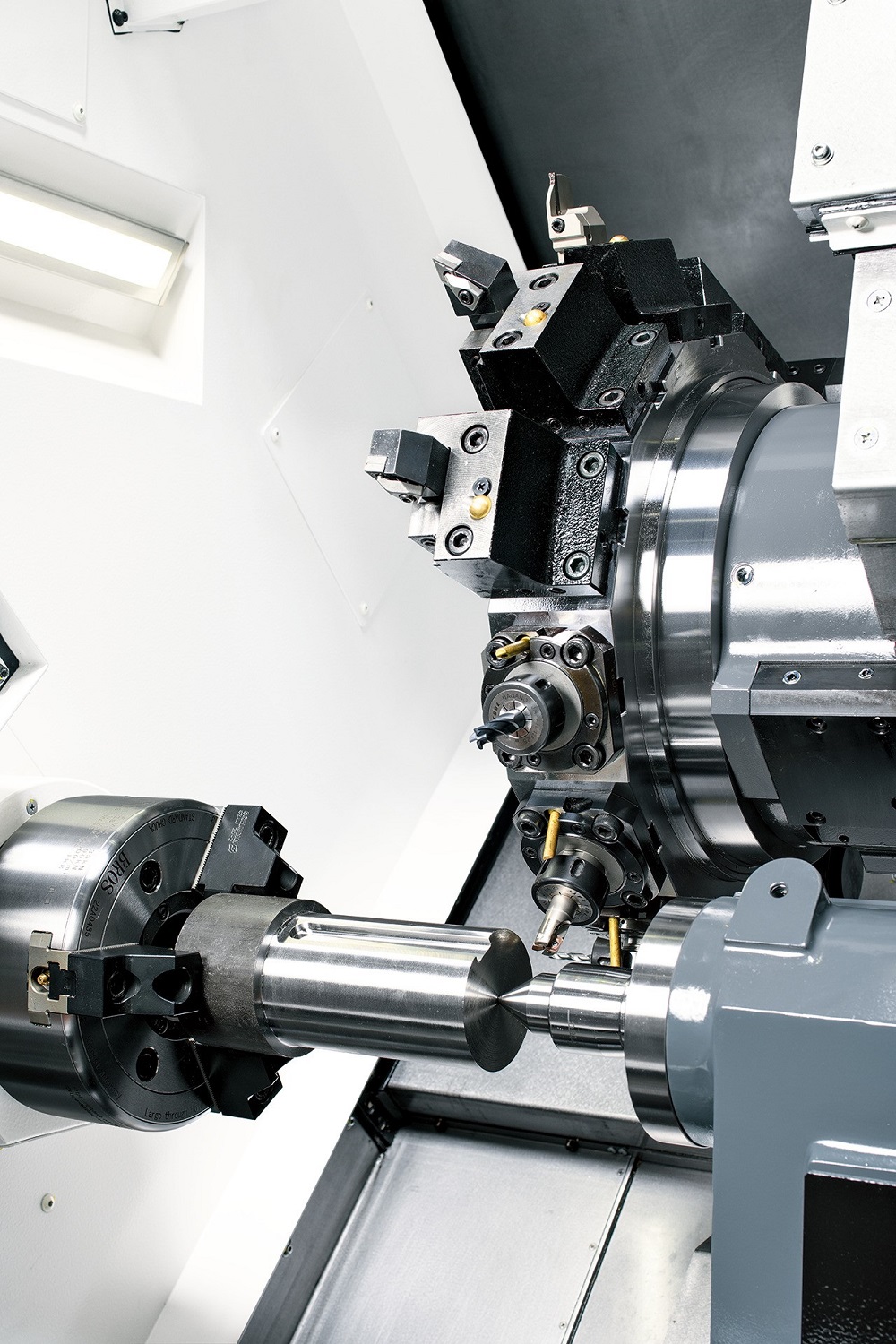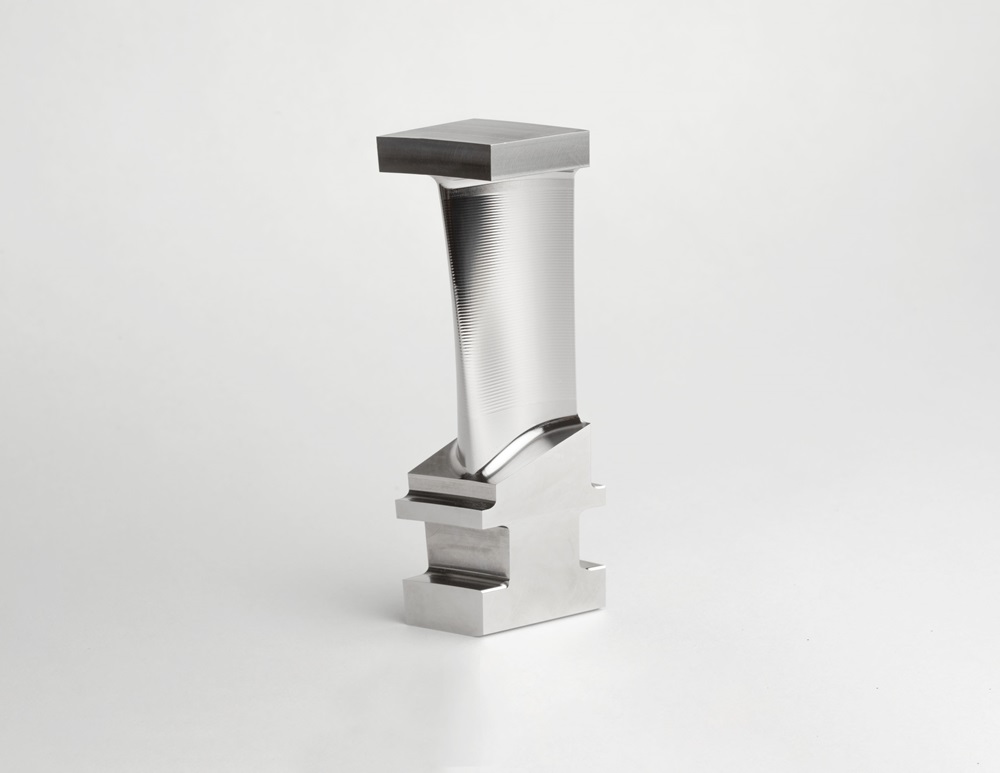Although a predominantly sliding-head turning machine shop, Adams Engineering (Ilkeston) Ltd has just purchased a Dugard 1000XP three-axis machining centre. Initially founded in the 1950s and run as a single-cam auto machine shop for decades, the business has more recently been taken over by Scott Burrow. Since the takeover, the company moved to new and larger premises three years ago and continued its machine acquisition trail.
Discussing why Adams Engineering has invested in three-axis machining, Burrow says: “Our first venture into milling was down to one of our customers. They kept pressing us to do milling work, so eventually we took the plunge. With the first machine we bought, we were initially just drilling and tapping prismatic parts and putting steps in plates.”
As word got around that the company was undertaking milling work, more enquiries flowed in.
“Due to rising enquiries we bought a larger machine, the Dugard 1000XP three-axis machining centre,” explains Burrow.
The ISO9001-accredited company wanted a machine with a sizeable capacity and a robust platform, which is exactly what the Dugard 1000XP delivers. As standard, the machine has X, Y and Z-axis travel of 1050 x 540 x 560mm to accommodate large parts. It also offers a 27kW BT40 spindle motor, a cartridge belt drive spindle and pre-tensioned twin-nut ballscrews.
“We just thought, why not go big.Today, we are doing work that takes up almost all the entire bed.”
The Dugard 1000XP has X, Y and Z-axis rapid feed rates of 44, 44 and 25m/min, with a cutting feed rate of 20m/min credit to the Mitsubishi CNC control system. Positional accuracy is 0.01mm, while repeatability is ±0.003 mm.
For further information www.dugard.com



















